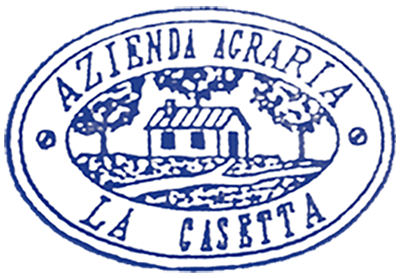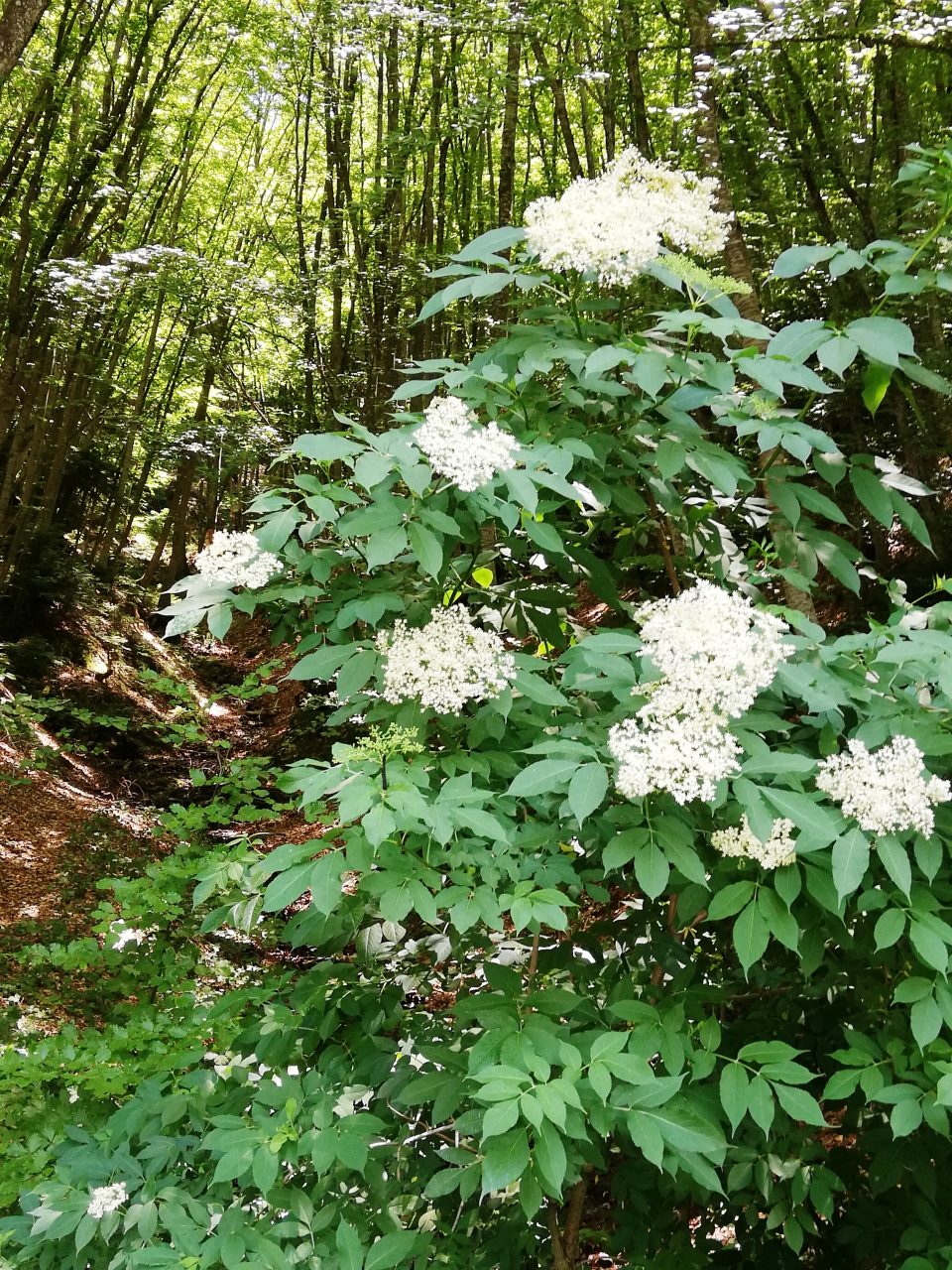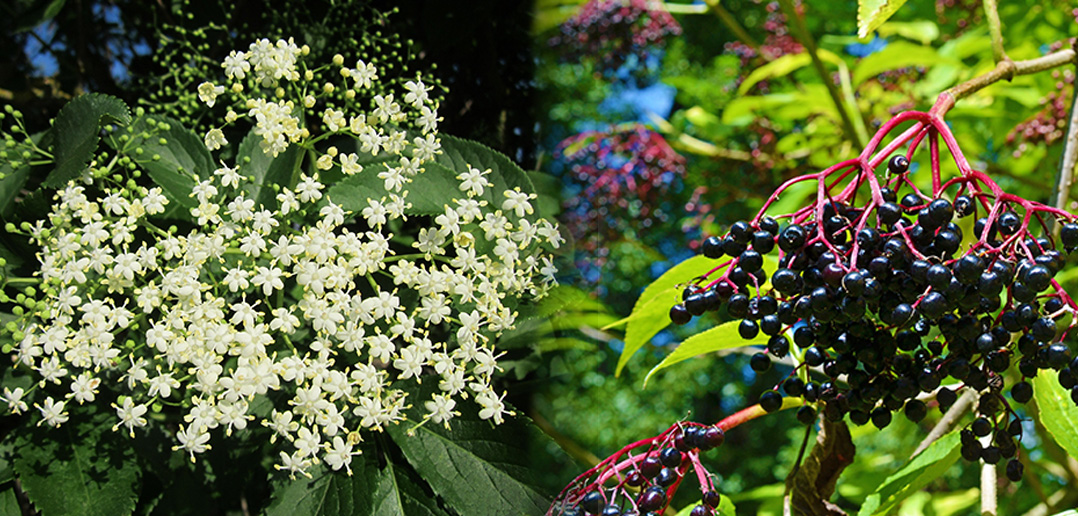Elder in country cooking: from the simple garden to the table
The use of the parts of the Elder in herbal medicine had been known for centuries, its various use for the most common ailments made it a sort of “poor man’s pharmacy” for the peasants of the time. Elderberry flowers and berries were used in peasant culture as a panacea: herbal teas were used against diseases of the respiratory system, to reduce fever, but also against seasonal ailments and to relieve joint pain. Cooked berries are laxative and purifying, the berry syrup was used against stomach pain.
As for its use in the kitchen, thanks to the ripe berries, delicious jams, fermented drinks known as “the spumante of the poor” and fragrant syrups are still prepared today, ideal during hot summer days:
Homemade elderflower syrup recipe
(Ideal thirst-quenching drink for summer. Recipe taken from the giallozafferano.it blog)
Ingredients:
• 15-20 clusters of elderflower
• 6 organic lemons
• 1/2 liter of water
• 1.5 kg of sugar (you can also use raw cane sugar)
• 1 teaspoon of organic apple cider vinegar
Method
Clean the flowers from green branches, gently clean them under running cold water. Then, in an airtight jar, alternate layers of flowers with lemon slices and cover with half a liter of water. Leave to macerate for 48 hours in a cool place. At the end of the maceration, filter the water with gauze, pour into a saucepan, add the sugar and apple cider vinegar to the liquid and boil for 5-10 minutes. Allow to cool and store in the refrigerator.
Just add the syrup thus obtained to cold water to obtain a refreshing, tasty and fragrant drink.
Curiosities and legends
The Elder was a tree held in great esteem by the ancients already in prehistoric times. In several archaeological excavations in Italy and Switzerland, elderberry seeds have been found, presumably used by our ancestors to prepare both fermented beverages and fabric dyes. But they also used it for magical purposes.
According to some beliefs, the tree played the role of guardian when it was considered capable of absorbing and keeping evil spirits prisoner in its trunk. It was a good omen to have an Elder near home to ensure health and good luck, which is why it was avoided to cut or burn it, on pain of bringing misfortune into the house: according to traditions, there was talk of demon or death.
In the German countryside, because of its protective function, it was common to take off the hair in front of the Elder as a sign of respect.
In Germanic culture, this tree was the holder of great power. In Denmark, Hyldemoer, “the mother Elderberry”, was a dryad-like Spirit who inhabited the tree and persecuted anyone who felled it; in England elder wood was used in hearses to protect themselves from the spirits of the dead, in other countries to protect livestock and families from misfortune. In Sicily, it is still known today to protect against snakes.
Ultimately, the Elderberry was perhaps known for its ambivalent energy but what we can say is that if the tree blooms and is healthy, it is very likely that those lucky enough to live in its vicinity will also enjoy its many property and his great generosity.
Source:
Graves Robert, Les mythes celtes: la Déesse blanche. Editions du Rocher, 2011.


